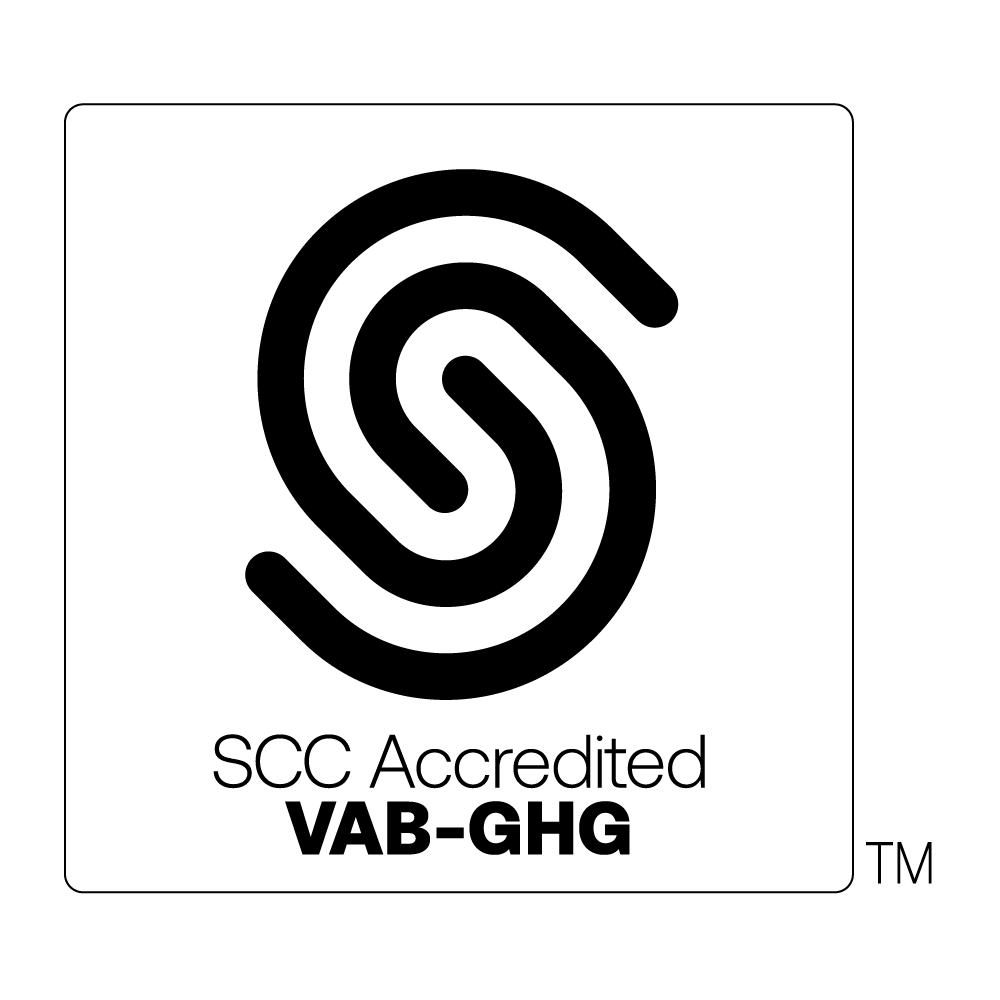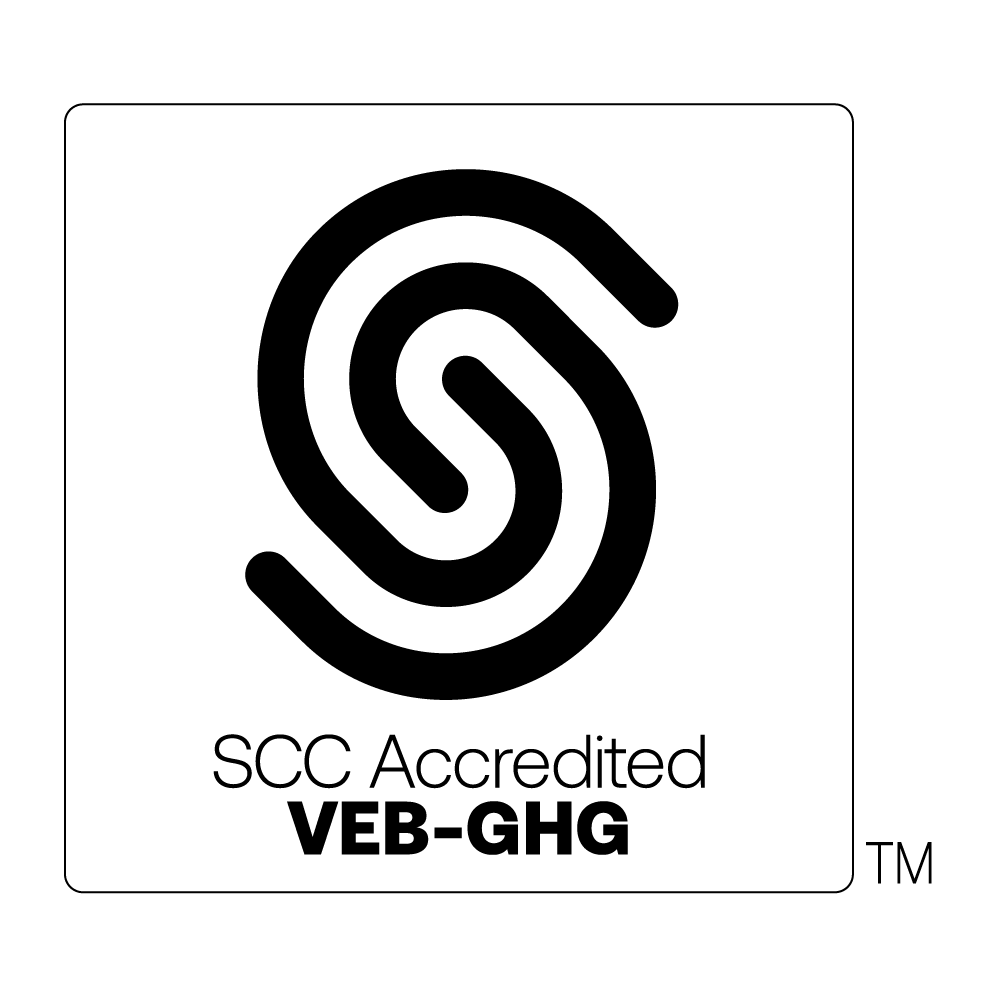How to Disclose Your GHG Emissions: A Guide to Greenhouse Gas Reporting and Corporate Transparency
Governments have forced a certain amount of disclosure through their publicly-available databases for the past decade or so. Larger GHG emitters must report their direct (Scope 1) and sometimes indirect electricity (Scope 2) GHG emissions. In Canada the threshold is 10 kt CO2e; in the US it’s 25kt CO2e.
In addition, many organizations voluntarily disclose their GHG emissions through various reports, such as the Task-Force on Climate-Related Financial Disclosure (TCFD). The Climate Disclosure Project now referred to as CDP is a popular platform too.
The market wants to avoid what is called “greenwashing”. Greenwashing is making claims that are unfounded or greatly exaggerated. Common brands get caught up in this as well.
More disclosure, not less, is the trend.
Your organization will be well advised to pay heed. It might seem like a challenge, but the biggest barrier your organization faces is corporate will. I have a set of thoughts I call
Nelson’s Rule:
· Half the battle is to recognize you have a problem.
· Half the remaining battle is to decide to act – make a commitment to address your problem.
· Once you have the corporate will, you only have to make a plan and execute it. The easy part – just 25 per cent.
Documenting and reporting or disclosing this information can provide a competitive advantage. Stop waiting to get started. Start your assessment of your greenhouse gas baseline.
Join in the #GSSChallenge. This week’s theme is “What is your vision?”






